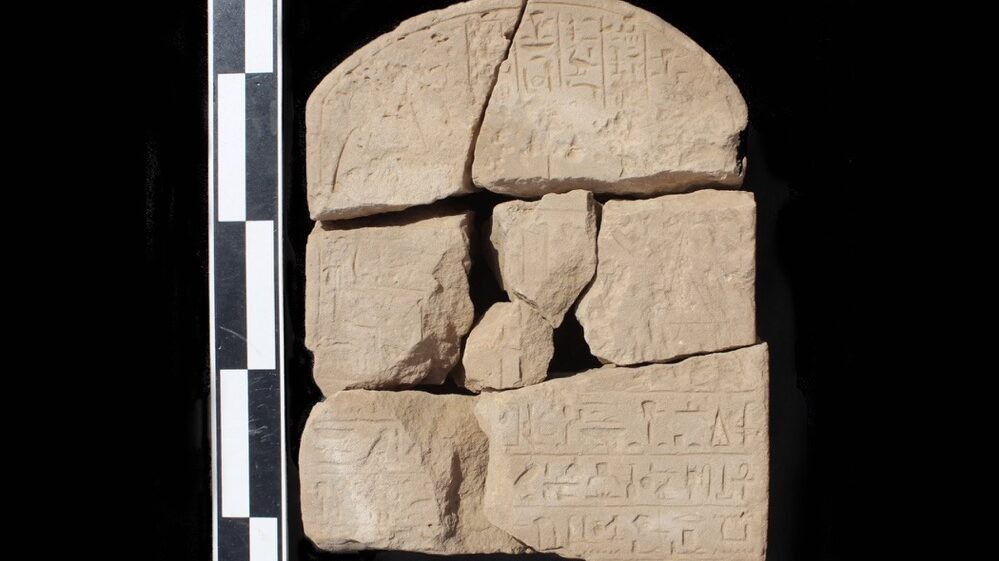Archaeologists working at the Wadi El-Hudi site in the Egyptian eastern desert, east of Aswan, announced the discovery of 100 new inscriptions, adding to the more than 150 discovered in previous campaigns.
The area contains numerous well-preserved fortified settlements, as well as amethyst, gold, copper and granite mines exploited from the Palaeolithic to Roman times.
Next to the mines were established the settlements that housed the mine workers, and this is where the inscriptions have appeared, carved into the rock.

But inscriptions have also been found on 14 stelae and 45 ostraca (pottery pieces). As reported by Live Science, the analysis of the inscriptions is still ongoing, but archaeologists say that most date back to about 3,900 years ago, to the time of the Middle Kingdom and the XI dynasty.
One of the most modern inscriptions mentions Pontius Pilate, the Roman governor of Judea mentioned in the Bible, and another inscription was identified last year, this time on a ring found 50 years ago in the town of Herodion, West Bank.

Most of the ostraca date from 2,000 years ago, the time when Rome conquered Egypt and began to exploit its natural resources, such as the amethyst that was extracted from the mines of Wadi El-Hudi, used in the manufacture of jewelry.

Although the site has already been excavated previously, the great archaeological wealth of the area continues to yield discoveries. According to Kate Liszka, director of the expedition, the site is so full of inscriptions that previous excavations missed many, behind every stone and every wall .
The analysis of the inscriptions will serve to clarify some of the questions surrounding the mines, such as whether the miners worked of their own free will (which some of the texts already analyzed suggest) or, on the contrary, they were slaves or forced prisoners. Other inscriptions say that there were soldiers, but it is not known if they were to protect the miners or to make sure they kept working.
Among the findings made, a strange stela also appeared, dated 3,400 years ago, written by a high official named Usersatet, viceroy of Kush (a region in southern Egypt). The problem is that at that time there was no mining activity in Wadi El-Hudi, since the place was abandoned.
